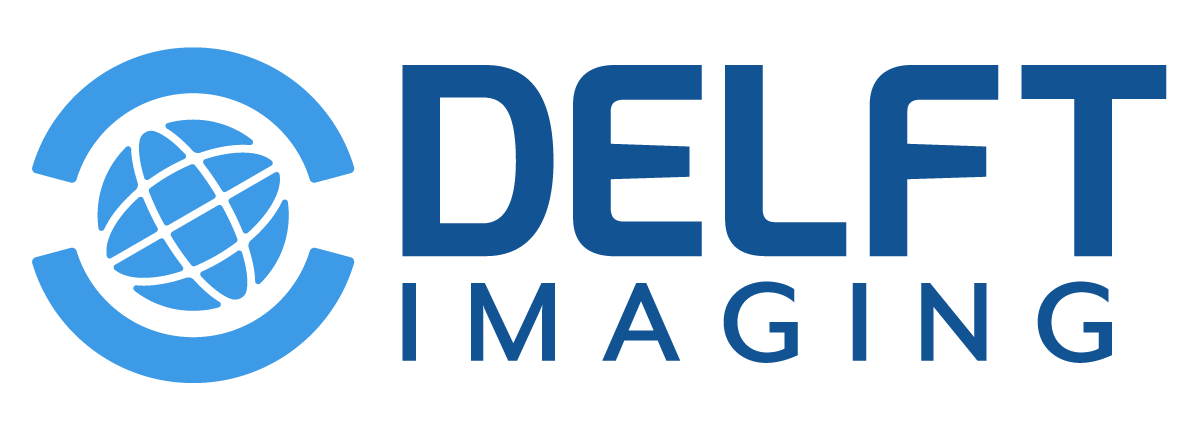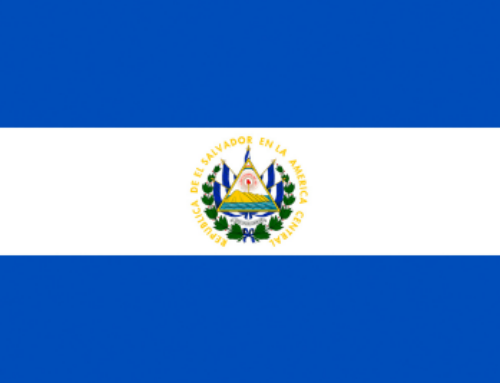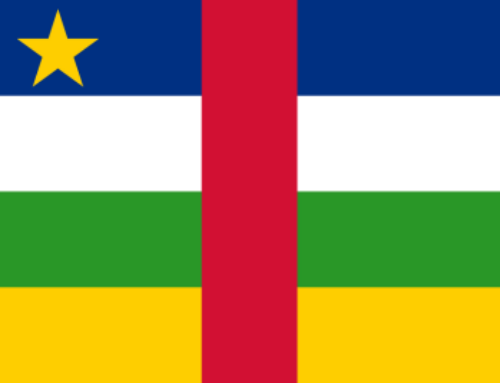Uzbekistan reported 20,000 TB cases in 2023, with over 6,000 people missing from care. While progress has been made in reducing co-infections and TB mortality, the country continues to face challenges with drug-resistant TB and maintaining access across its vast geography.
In 2021, we delivered 2 Delft Light backpack X-ray systems with CAD4TB to the Ministry of Health, supporting TB screening among remote and vulnerable communities in the Tashkent region. This project was funded by USAID in coordination with the National Tuberculosis Program.
In 2023, 6 additional Delft Light systems with CAD4TB were provided to the Ministry of Health through UNDP to expand access across all regions. A year later, 9 CAD4TB units were delivered to improve diagnostic reach and efficiency. In 2025, the Ministry of Health received 14 more Delft Light systems via UNOPS to further strengthen nationwide TB screening efforts.
Webinar insights
The utilization of the Delft Light and CAD4TB software was extensively discussed during the International Tuberculosis Conference 2022.
For more information about how the Delft Light portable X-ray and CAD4TB solutions are used in Uzbekistan, please view the story of ‘Experience on Ultra-Portable Digital X-ray and CAD Implementation in Uzbekistan’, by Dr Akmal Umarov, Radiologist and Coordinator at the Republican Scientifical & Medical Center of Uzbekistan, during the Delft webinar of 2023.
During the webinar, Dr Umarov noted: “After training our specialists, we noticed that screening people from remote areas using portable X-rays doesn’t require additional expenses, other resources like films or other personnel. So even if you have one operator, it is enough, then sending several people will help reduce the cost of exams in remote areas. The system can work online and offline.”
Moreover, Dr Umarov noted during the webinar:
“Al helps simplify the activity of radiologists. At first, they were scared that we would probably lose our jobs, but then they understood that it would ease the performance and help us quickly receive patients. Within 3-5 seconds, we can see to see focal lesions. It helps to have the heat map, which is very convenient for identifying his pathology and, of course, such parameters for us. It’s convenient because we can print and collect this data and medical history.”
The story of the project was also covered by the United States Embassy in Uzbekistan since the funding for the project was from USAID.









